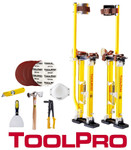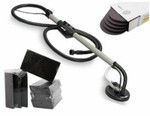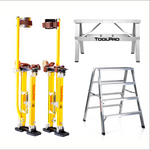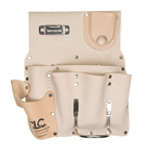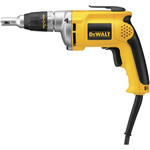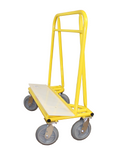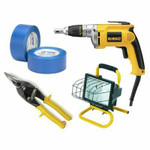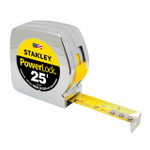The installation of a drop ceiling, also known as a suspended ceiling, transforms any room into a space of efficiency and aesthetic appeal, offering both functionality and style. This popular ceiling solution is widely used in commercial and residential settings alike, providing easy access to ductwork, wiring, and plumbing hidden above, while also enhancing sound dampening and energy efficiency. To ensure a proper installation that meets both aesthetic and functional standards, it’s essential to be equipped with the right tools and supplies—a checklist that every professional and DIY enthusiast should be familiar with.
Starting with the basics, a drop ceiling project requires a durable ceiling grid system, which typically includes main runners, cross tees, and wall angles. These components form the skeleton of the ceiling, onto which ceiling tiles or panels are placed. The choice of tiles can vary widely, from classic acoustic panels for soundproofing to innovative translucent or patterned tiles for added visual impact.
Key tools for the job include a laser level for ensuring a perfectly flat ceiling plane, a chalk line for marking reference lines on walls, tin snips for cutting metal components to size, and a rivet gun for securely joining metal parts. Additionally, a utility knife is indispensable for trimming ceiling tiles to fit irregularly shaped perimeter spaces.
For the installation process itself, various fasteners and hardware such as wire, eye lag screws for wood joists or concrete anchors for masonry, and S-hooks or clips for attaching the grid to the support wires are essential. The choice of these supplies will depend on the specific building materials and structure of the installation site.
Beyond the physical tools and supplies, a successful drop ceiling installation also relies on meticulous planning and preparation. This includes accurate room measurements to calculate the amount of materials needed and an understanding of the building codes and standards that apply to suspended ceiling installations.
In summary, the proper installation of a drop ceiling is a detailed process that requires a specific set of tools and supplies. From the ceiling grid and tiles to the precision tools for installation, each component plays a crucial role in achieving a professional-looking and functional ceiling. With the right preparation and materials, adding a drop ceiling to your space can be a rewarding project that enhances both the appearance and utility of any room.
Suspended ceilings are known by several colloquial names, including:
- Drop Ceilings: This term is widely used and refers to the way the ceiling "drops" below the main structural ceiling.
- False Ceilings: Emphasizes that the suspended ceiling is not the primary structural ceiling.
- Grid Ceilings: Refers to the grid framework that supports the ceiling tiles.
- T-Bar Ceilings: Named after the T-shaped bars that form the grid structure.
- Acoustic Ceilings: Highlights the sound-absorbing properties often associated with these ceilings.
- Panel Ceilings: Refers to the panels or tiles used to create the ceiling surface.
- Drop-In Ceilings: Refers to the installation method where panels are dropped into the grid.
- Lay-In Ceilings: Another term referring to the installation method where tiles are laid into the grid framework.
These terms are often used interchangeably depending on regional preferences and industry practices.

